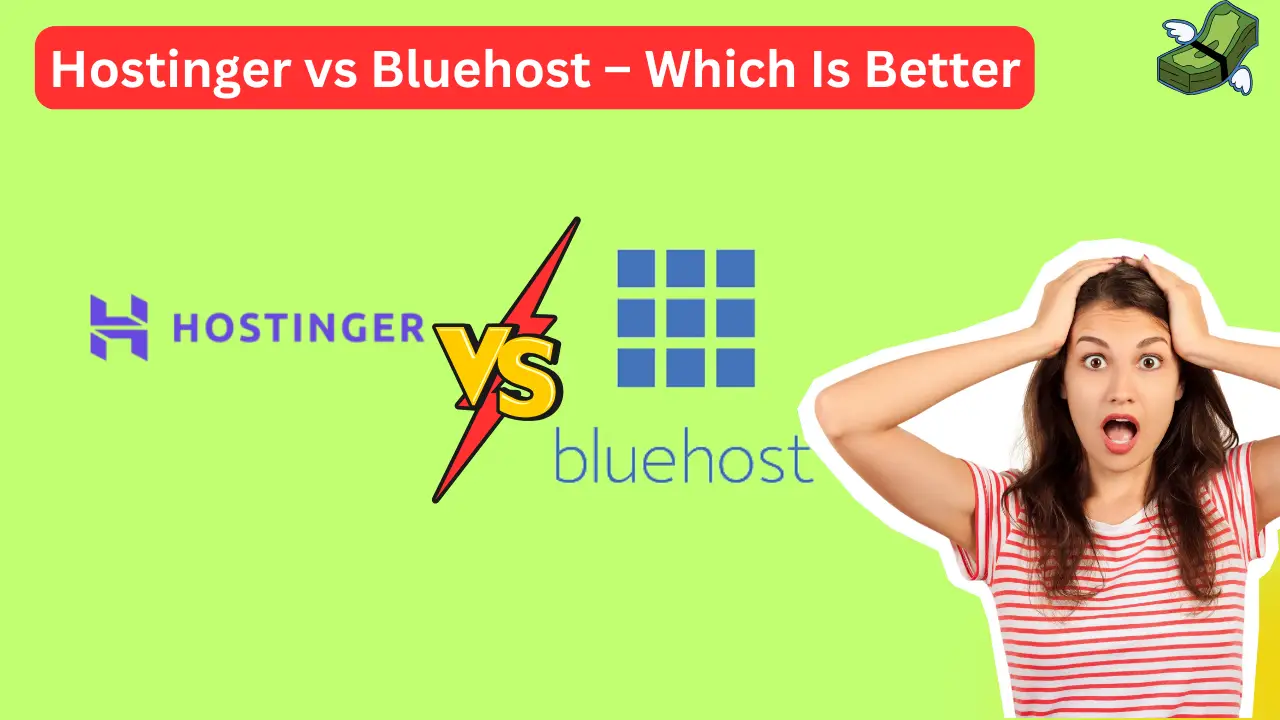Introduction
Blockchain technology has emerged as one of the most groundbreaking innovations of the 21st century, revolutionizing industries beyond cryptocurrency. Initially introduced as the backbone of Bitcoin, blockchain has evolved into a powerful tool with applications across finance, healthcare, supply chain, and more. This article explores the fundamentals of blockchain technology, how it works, its key features, and its impact on various sectors.
1. Understanding Blockchain Technology
1.1 Definition of Blockchain
A blockchain is a decentralized, distributed ledger that records transactions across multiple computers securely and transparently. Unlike traditional databases, blockchain ensures that once data is added, it cannot be altered or deleted, making it immutable and tamper-proof.
1.2 Key Components of Blockchain
- Blocks – A collection of transaction data.
- Nodes – Computers that validate and store blockchain data.
- Miners – Entities that verify transactions through cryptographic processes.
- Consensus Mechanisms – Rules that ensure all copies of the blockchain remain synchronized and valid.
1.3 How Blockchain Works
- Transaction Initiation – A user initiates a transaction.
- Transaction Verification – The transaction is verified by network nodes using cryptographic algorithms.
- Block Formation – Verified transactions are grouped into a block.
- Consensus Process – The block is validated using a consensus mechanism (e.g., Proof of Work, Proof of Stake).
- Block Addition – The validated block is added to the existing chain.
- Immutable Record – The transaction becomes permanent and irreversible.
2. Types of Blockchain
2.1 Public Blockchain
- Open to anyone.
- No central authority.
- Examples: Bitcoin, Ethereum.
2.2 Private Blockchain
- Restricted access.
- Controlled by an organization.
- Examples: Hyperledger, Ripple.
2.3 Consortium Blockchain
- Multiple organizations share control.
- Combines public and private blockchain benefits.
- Examples: R3 Corda, Quorum.
2.4 Hybrid Blockchain
- Partially controlled but with public verification.
- Used in enterprise solutions.
3. Key Features of Blockchain
3.1 Decentralization
Unlike traditional databases controlled by a central authority, blockchain operates on a peer-to-peer network, reducing the risk of single points of failure.
3.2 Transparency
Blockchain ensures data integrity by allowing all participants to view transaction records.
3.3 Security
Blockchain utilizes cryptographic hashing and consensus mechanisms to enhance security.
3.4 Immutability
Once a block is added, it cannot be altered, preventing fraud and unauthorized changes.
3.5 Smart Contracts
Self-executing contracts automate and enforce agreements without intermediaries.
4. Consensus Mechanisms in Blockchain
4.1 Proof of Work (PoW)
- Used in Bitcoin and Ethereum (before Ethereum 2.0).
- Requires miners to solve cryptographic puzzles.
- Energy-intensive but highly secure.
4.2 Proof of Stake (PoS)
- Used in Ethereum 2.0, Cardano, and Solana.
- Validators are selected based on the number of coins they stake.
- More energy-efficient than PoW.
4.3 Delegated Proof of Stake (DPoS)
- Users vote for delegates to validate transactions.
- Faster than PoW and PoS.
4.4 Practical Byzantine Fault Tolerance (PBFT)
- Ensures fault tolerance in blockchain networks.
- Used in Hyperledger Fabric.
5. Blockchain Applications in Different Industries
5.1 Financial Services
- Cryptocurrency Transactions – Bitcoin and altcoins facilitate decentralized transactions.
- Decentralized Finance (DeFi) – Lending, borrowing, and staking without intermediaries.
- Remittances – Faster and cheaper international transactions.
5.2 Supply Chain Management
- Transparency – Tracks product movement in real-time.
- Counterfeit Prevention – Ensures authenticity of goods.
- Efficiency – Reduces paperwork and intermediaries.
5.3 Healthcare
- Medical Records – Secure and tamper-proof storage.
- Drug Traceability – Tracks pharmaceuticals from production to distribution.
- Clinical Trials – Enhances data integrity and transparency.
5.4 Government and Voting Systems
- E-Voting – Prevents fraud in elections.
- Identity Verification – Digital IDs for secure identification.
- Land Registry – Transparent and corruption-free property transactions.
5.5 Real Estate
- Smart Contracts – Automates property transactions.
- Ownership Verification – Reduces fraud in land ownership.
5.6 Gaming and NFTs
- Non-Fungible Tokens (NFTs) – Ownership of digital assets like art, music, and virtual goods.
- Play-to-Earn Games – Players earn crypto rewards.
6. Challenges of Blockchain Technology
6.1 Scalability Issues
- Current blockchain networks struggle with processing large volumes of transactions.
- Layer 2 solutions like Lightning Network aim to address this.
6.2 Energy Consumption
- PoW-based blockchains consume significant energy.
- PoS and hybrid models offer energy-efficient alternatives.
6.3 Regulatory Uncertainty
- Governments worldwide are still formulating regulations for blockchain applications.
6.4 Security Risks
- 51% attacks and smart contract vulnerabilities pose threats to blockchain security.
7. Future of Blockchain Technology
7.1 Advancements in Blockchain Scalability
- Sharding – Ethereum 2.0 implementation for faster transactions.
- Layer 2 Solutions – Off-chain solutions like Optimistic Rollups.
7.2 Integration with AI and IoT
- Blockchain-AI Fusion – Secure AI model training and data sharing.
- IoT & Blockchain – Secure device-to-device communication.
7.3 Rise of Central Bank Digital Currencies (CBDCs)
- Governments exploring blockchain for digital currencies.
- Example: Digital Yuan by China.
7.4 Widespread Adoption in Enterprises
- More businesses integrating blockchain for security and efficiency.
- Growth in enterprise blockchain solutions like IBM Blockchain.
Conclusion
Blockchain technology is reshaping industries by offering decentralized, secure, and transparent solutions. Despite its challenges, advancements in scalability, regulatory clarity, and emerging applications will drive mainstream adoption in the coming years. Understanding blockchain and its potential can help individuals and businesses leverage this revolutionary technology effectively.
Disclaimer
This article is for informational purposes only and does not constitute financial or legal advice. Always conduct thorough research before engaging with blockchain-related investments or technologies.










